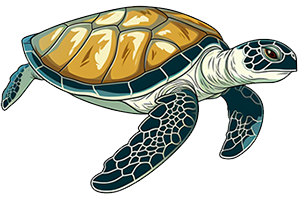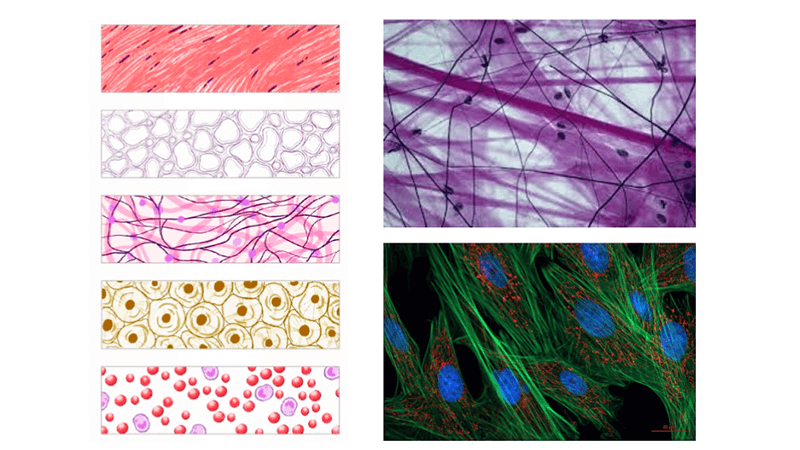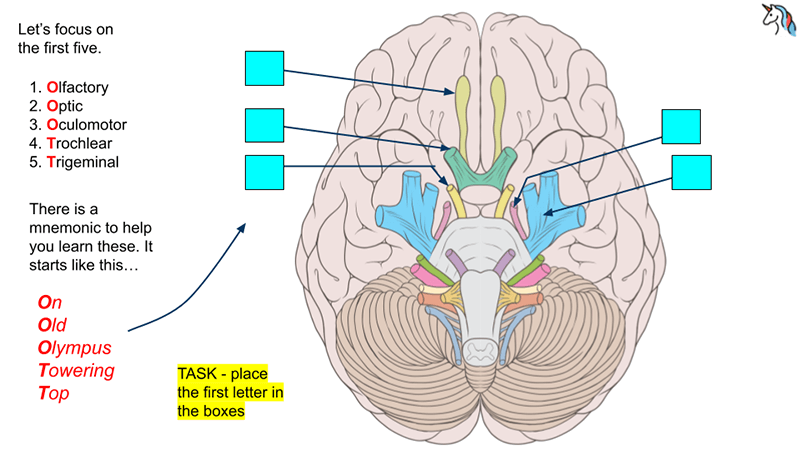Category: Anatomy
-
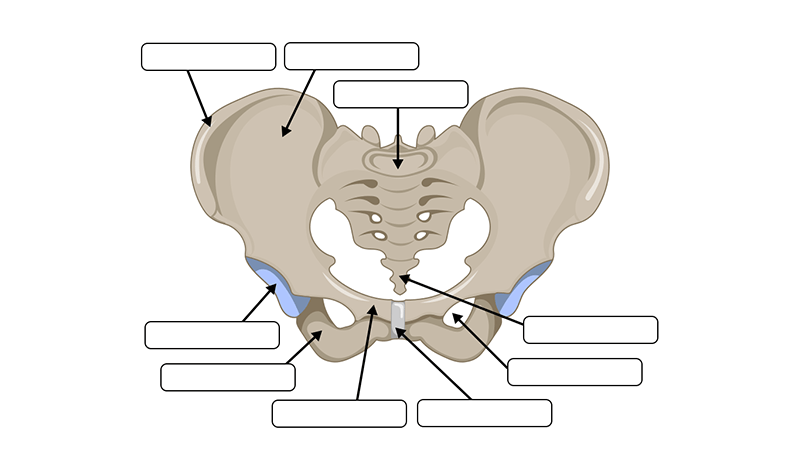
Label the Bones of the Appendicular Skeleton
Learn the bones of the legs and arms with this labeling activity. Practice reinforces learning completed during the lab portion of the skeletal system.
-
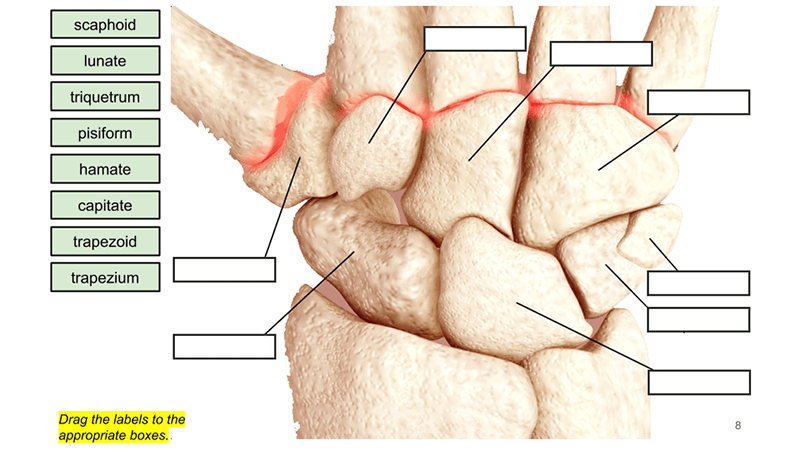
Learn the Bones of the Hand and Foot
Learn the bones of the hand and foot with this Google slides module with descriptions, mnemonics, and practice drag and drop activities.
-

Anatomy and Physiology Course with Lesson Links
A complete course guide for teaching anatomy and physiology in high school. Links to a Google doc with a spreadsheet on units, activities, and assessments.
-
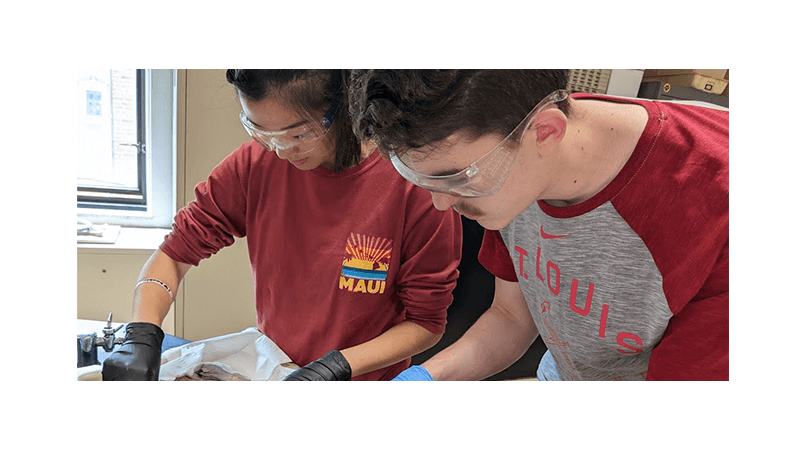
Complete Cat Dissection Guide with Assessment
A complete guide to dissecting the cat which includes student tasks, student worksheet, and link to assessments and other resources.
-
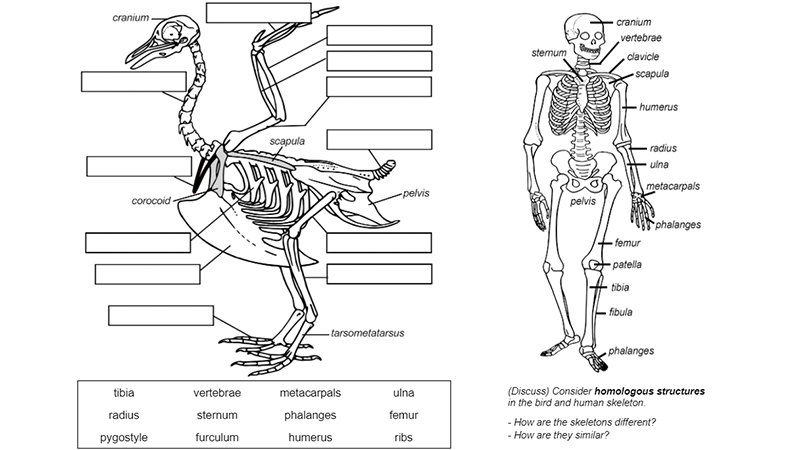
Label the Bones of a Bird and Human Skeleton
Labeling worksheet showing a bird skeleton compared to a human. Students fill in the labels using a word bank and discuss similarities to the human skeleton.
-

Learn the Arteries and Veins of the Circulatory System
Learn the major vessels of the body by labeling diagrams and following a lab guide. This lesson is intended for anatomy and physiology students.
-

Activity: Learn How to Measure Blood Pressure
Students learn how to measure their blood pressure with a sphygmomanometer. Manual and digital devices can be used to compare measurements.
-
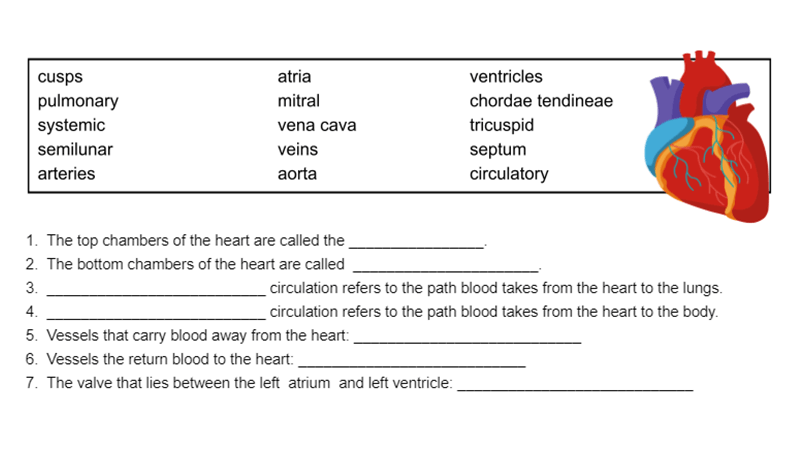
Reinforcement: Anatomy of the Human Heart
Practice worksheet on the anatomy of the heart that includes a word bank and fill-in section. Also includes a line drawing of the heart for labeling.
-

Ear Anatomy – Drag and Drop Activity
Use Google slides to label structures of the ear in this drag and drop activity. Diagram includes the tympanum, ossicles, cochlea, and other organs.
-
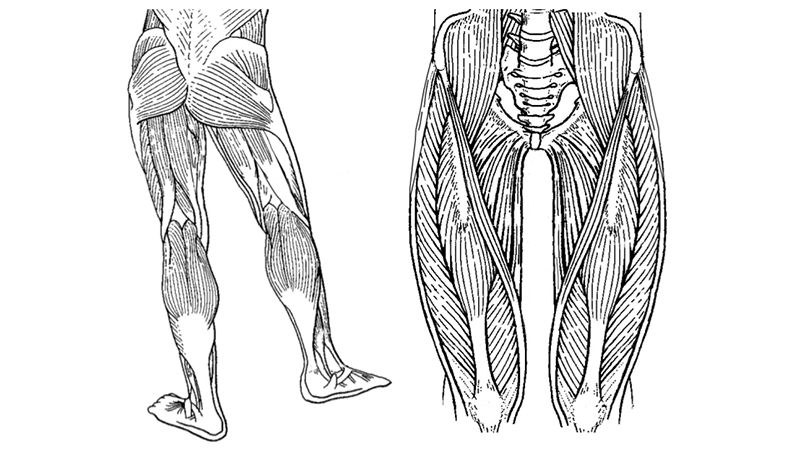
How to Teach the Muscles of the Human Body
Resources for high school anatomy students to learn the major muscles of the body; includes slides, handouts, and links to quizzes.
-
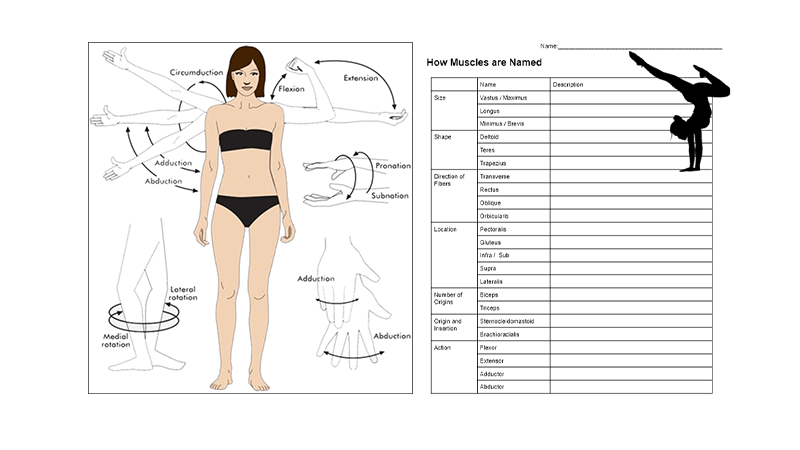
Muscles Are Named Based on Shape and Movement
Students complete a chart that describes common words used in muscle naming, like maximus and brevis.
-
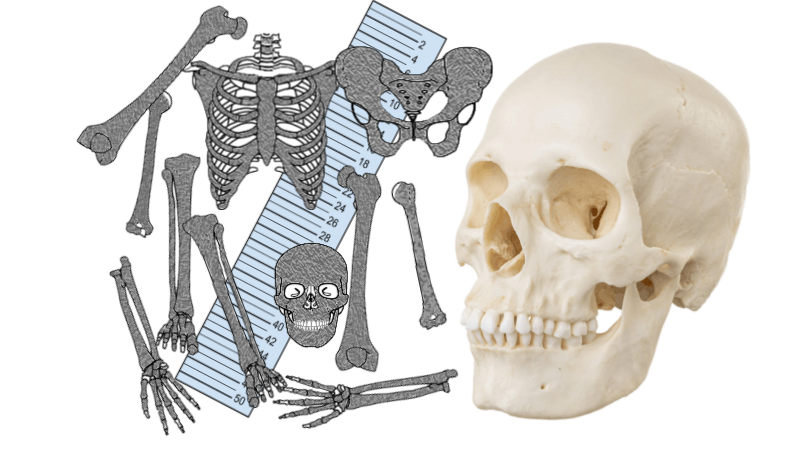
Forensics Activity: The Mystery of the Bones
Construct a skeleton from paper to model how forensic scientists use clues from the bones to determine sex, gender, age, height, and race.
-
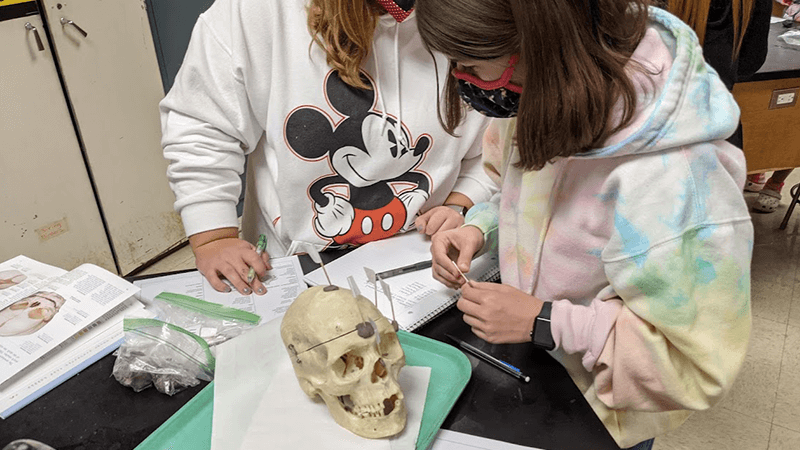
A Student’s Guide to Learning the Human Bones
Students use a lab guide to identify bones and major features. Activity is part of a unit on the skeletal system
